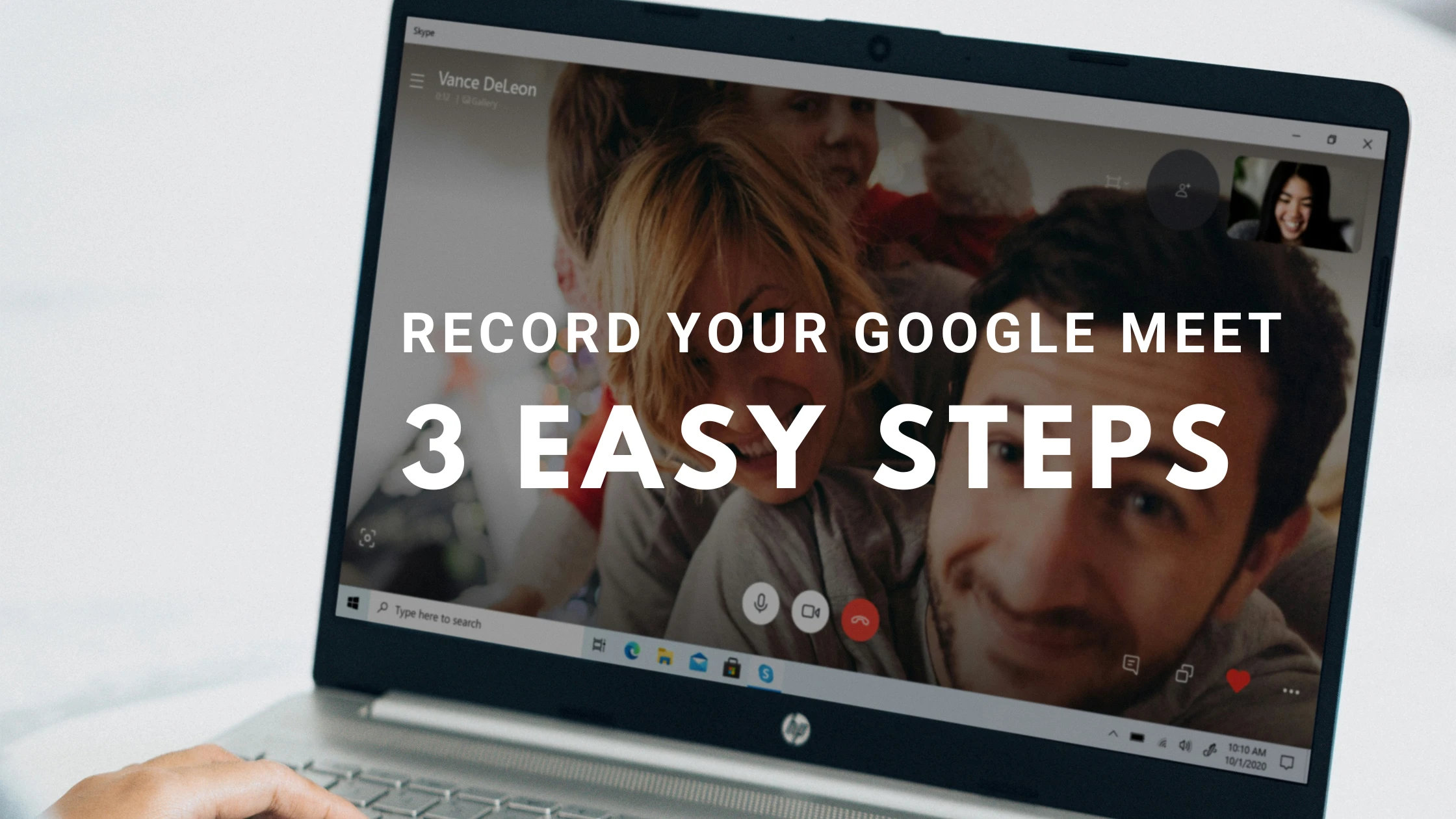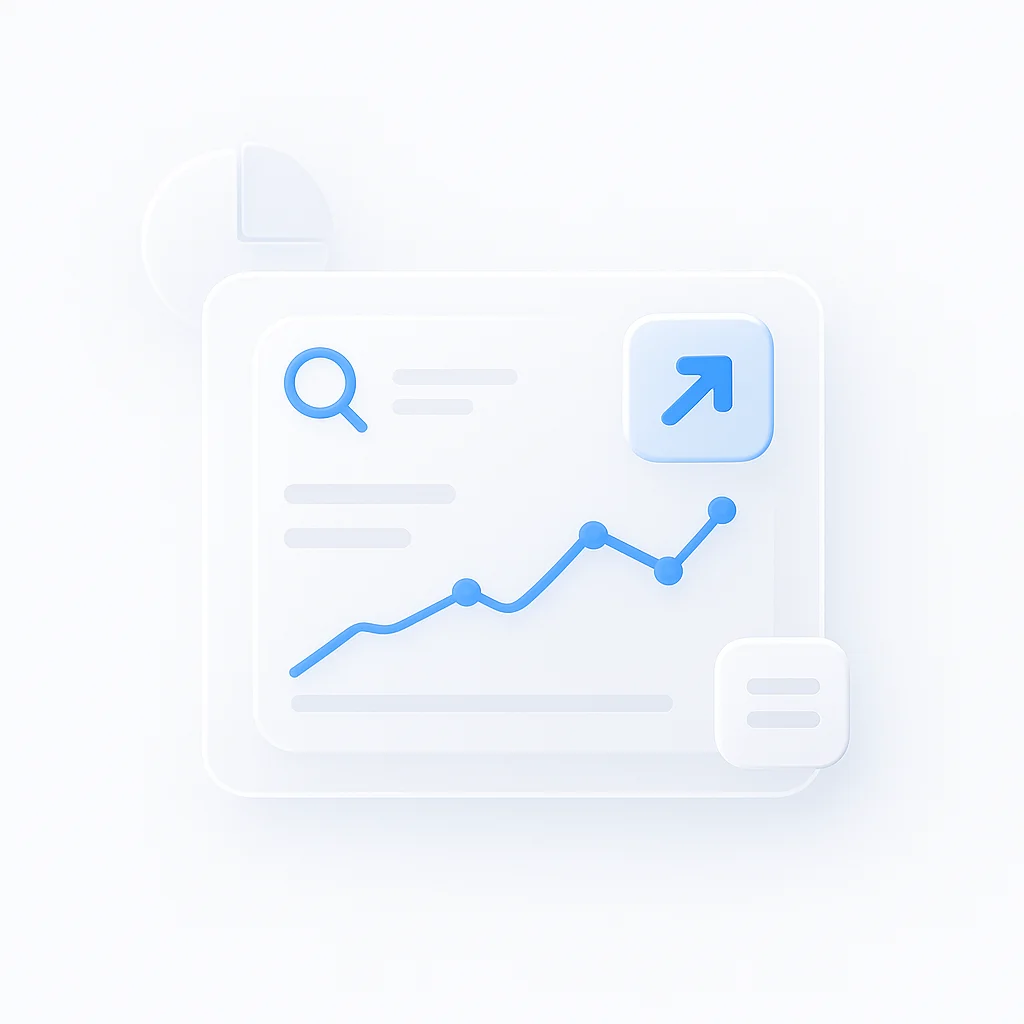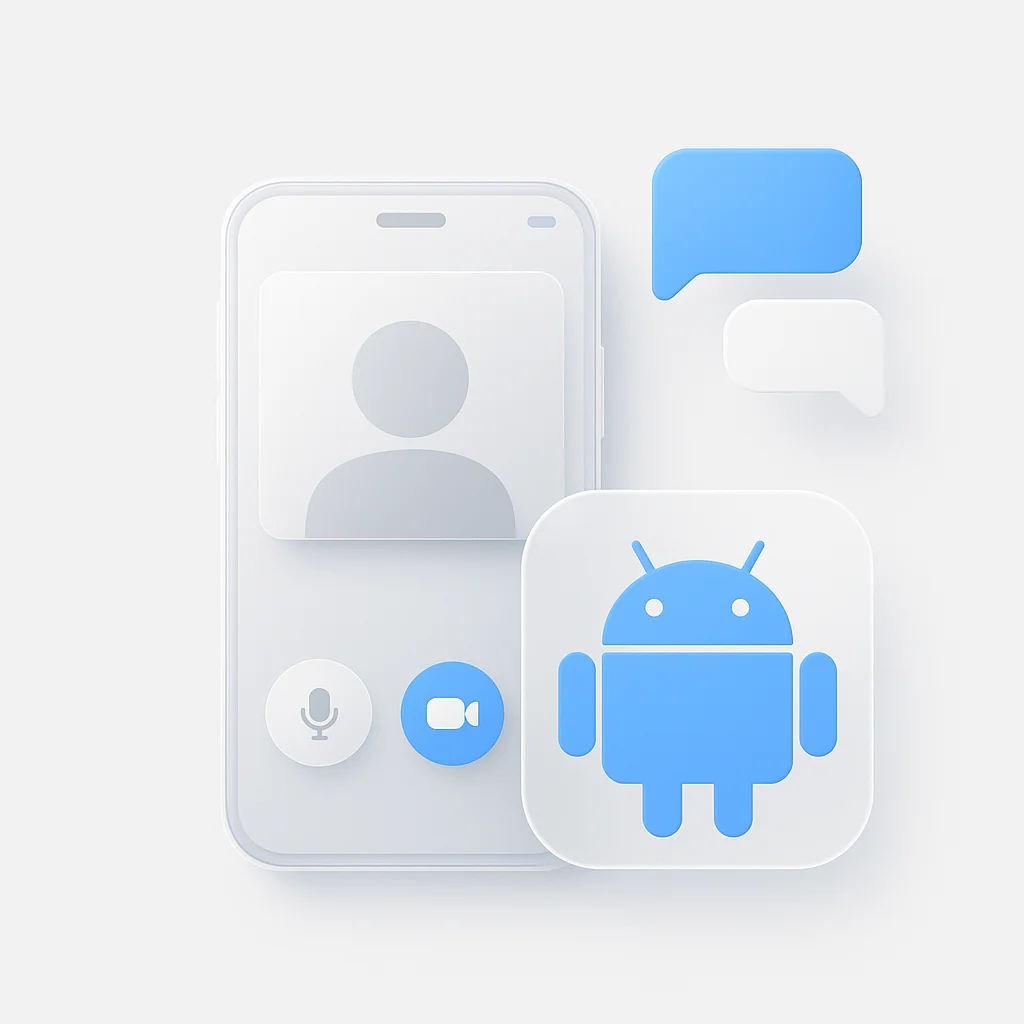Learn how to easily record your Google Meet sessions without the need for external software. This guide provides three straightforward steps to capture your meetings for future reference.
Steps on how to Record a Google Meet Call with a Google Screen Recorder
1. Sign Up for the Best Screen Recorder for Google Meet
2. Start Your Google Meet Call
- Go to Google Meet (https://meet.google.com) and either start a new meeting or join an existing one.
3. Start Google Meet Recording
- Click the ‘Screen Record’ button or use the keyboard shortcut configured within the software.
- Select Recording Area:
- Choose to record your entire screen if you need everything captured.
- Select ‘Application Window’ and choose your Google Meet browser tab for a more focused recording.
4. Start the Recording
- Click the ‘Start Recording’ button in ScreenApp and select “Chrome Tab”
- Conduct your Google Meet Call:
- Proceed with your meeting as usual. ScreenApp will record the selected visual area and chosen audio source.
5. Stop the Recording
- When finished, find the ScreenApp recording controls.
- Click the ‘Stop Recording’ button.
6. Save and Access Your Recording
- ScreenApp will automatically process and save your recording to the folder you specified earlier.
- You can locate the video file within your file system for playback, editing, or sharing.
How to Record Google Meet on Your Phone or Tablet
While Google Meet doesn’t offer built-in recording on mobile devices, you can still capture your calls using the native screen recording tools available on both Android and iOS. Here’s how:
Record Google Meet on Android
- Access Quick Settings: Swipe down from the top of your screen twice to reveal the Quick Settings panel.
- Tap “Screen Recorder”: Locate the Screen Recorder icon (usually a video camera symbol) and tap it to start recording.
- Ensure Audio Capture: Make sure to enable audio recording by tapping the microphone icon.
- Start Your Meeting: Launch Google Meet and join your meeting as usual.
- Stop Recording: Once you’re done, swipe down from the top of your screen and tap the “Stop” button on the Screen Recorder notification.
Record Google Meet on iOS
- Add Screen Recording to Control Center: Navigate to Settings > Control Center and tap “Customize Controls.” Add “Screen Recording” to your included controls.
- Swipe Up for Control Center: Swipe up from the bottom of your screen (or down from the top right on newer iPhones) to access Control Center.
- Tap Screen Recording: Press and hold the Screen Recording icon (a circular button with a dot inside) and tap the microphone icon to enable audio capture.
- Start Recording: Tap “Start Recording” and quickly launch Google Meet to join your meeting.
- Stop Recording: Tap the red recording icon at the top left of your screen to stop the recording.
How to Record a Google Meet natively
The easiest way to record a Google Meet is in Google meet itself, however, you must have an eligible Google Workspace account (see list below) or a Google One subscription with at least 2 TB of storage and If you’re in an organization, your administrator must enable recording permission.
Eligible Google Account Types:
- Business Standard, Business Plus, Enterprise Starter, Enterprise Standard, Enterprise Plus
- Education Fundamentals, Education Standard, Education Plus, Teaching and Learning Upgrade
- Workspace Individual Subscriber
- Google One subscriber (2TB or more storage)
Steps to Record:
- Join a Google Meet: Start a new meeting or join an existing one.
- Click ‘Activities’: Find the three-dot ‘Activities’ button at the bottom right of your screen.
- Select ‘Record meeting’: Click this option within the Activities menu.
- Start Recording: Hit ‘Start recording’ and then ‘Start’ again in the pop-up window. Remember to get consent from all participants!
- Stop Recording: When you’re finished, go back to the ‘Activities’ menu, select ‘Recording’ and then ‘Stop Recording’.
.png)
Where to Find Your Recording:
- The recording will be saved in the meeting organizer’s Google Drive within a folder titled “Meet Recordings.”
- You and the meeting organizer will receive an email with a link to the recording.
Why Record your Google Meet?
- Boost learning and training: Revisit complex concepts or analyze team dynamics with ease.
- Improve accessibility: Share recordings with those who couldn’t attend or need additional support.
- Never miss a beat: Capture fleeting ideas and crucial decisions before they vanish in the ether.
- Enhance collaboration: Streamline future discussions by referencing past conversations.
Considerations using a Recorder
- Internet Connection: A stable connection is crucial for seamless recording.
- Audio Settings: Ensure your device’s microphone is set up correctly to capture clear audio.
- Storage Space: Be mindful of the storage space on your device, as video files can be large.
- Privacy and Consent: Always inform participants about the recording for ethical and privacy reasons.
Tips for Google Meet Recording
Now that you know the recording methods, let’s level up your skills with some top tips and best practices:
Ask permission
- Always obtain participant consent before recording. Inform everyone upfront about the recording policy and its purpose. Transparency builds trust and avoids any privacy concerns.
- Provide clear guidance on how the recording will be used, stored, and shared. Let participants know when and how they can access or request deletion of the recording.
Use a high quality connection
- Ensure a stable internet connection for clear audio and video. Buffering and glitches can ruin the recording experience. Consider switching to a wired connection if necessary.
- Test your microphone and speaker beforehand. Eliminate background noise and adjust your volume for optimal intelligibility.
Use for Accessibility
- Enable captions/transcripts whenever possible. This makes the recording accessible for people with hearing impairments and aids in keyword search later on.
- Consider live or post-recording transcription services for even greater accessibility and searchability.
Edit where you can
- Trim the fat! Edit out unnecessary portions like introductions, interruptions, or lengthy silences to keep the recording concise and engaging.
- Create a naming system for your recordings. Include the date, topic, and participants for easy identification and organization.
- Utilize cloud storage provider or dedicated platforms to ensure safe and convenient access to your recordings from any device.
By following these tips and best practices, you’ll elevate your Google Meet recording game from amateur to pro. Remember, recording isn’t just about capturing the call, it’s about creating a valuable resource for future reference, learning, and collaboration. So go forth, record with confidence, and unlock the full potential of your meetings!
Conclusion
We’ve explored how to record Google Meet calls across various devices and methods. Let’s summarize the important points
- Recording is straightforward. Screen recording apps and other specialized tools make the process simple.
- Prioritize consent and quality. Always get permission from participants and aim for clear audio and video to make recordings useful.
- Accessibility matters. Consider using captions and editing tools to ensure everyone can benefit from your recordings.
- Tailor your approach. Find the recording method that suits you best – there’s no single “right” way to do it.
- Recordings have broader value. Use them to improve productivity, facilitate learning, and archive important discussions.






